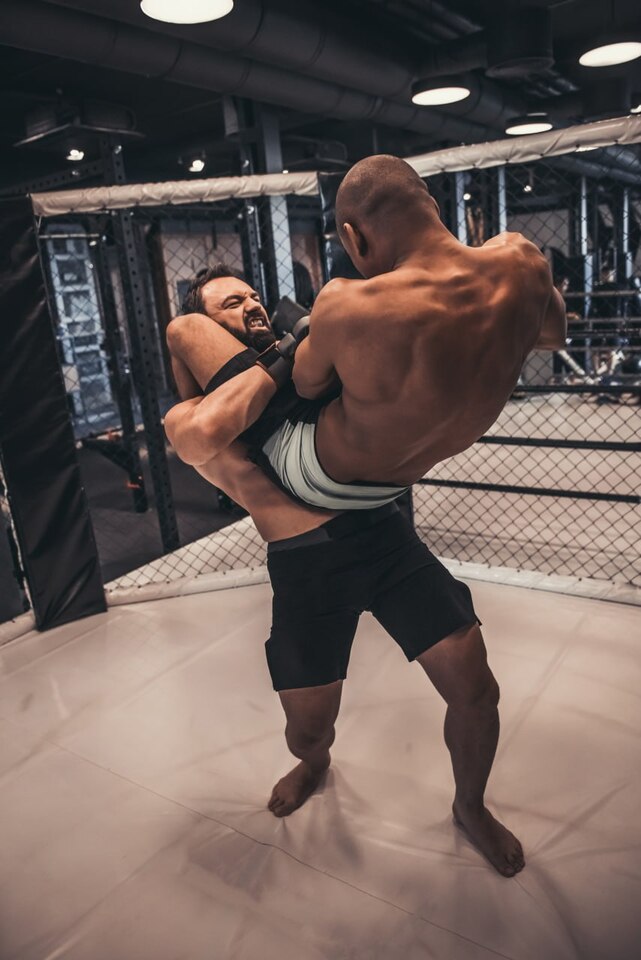Wrestling, especially in its theatrical form like WWE, has transcended its origins as a mere competitive sport to become a worldwide entertainment destination. Fans all over the world thoroughly enjoy watching these sporting performances, which never cease to amaze even the most sophisticated viewers. 
History of Wrestling
Professional wrestling, which combines athleticism with theatrical skill, originated at carnivals and fairs in the 19th century. Originally part of sideshow entertainment, wrestling was a spectacle that blurred the lines between competitive sport and the art of performance. Early matches were often predetermined to heighten the drama, and this practice evolved into the scenarios we see today.
1900s-1950s:
Wrestling gained popularity in the early 20th century, moving from tents to larger venues. Legends like George Hackenschmidt and Frank Gotch were among the first to become household names, drawing massive crowds.
1960s-1980s:
This era saw the rise of television, which transformed wrestling into a form suited for mass consumption. Regional promotions like the American Wrestling Association (AWA) and National Wrestling Alliance (NWA) began to thrive.
Late 20th Century:
The creation of World Wrestling Federation (WWF), later renamed World Wrestling Entertainment (WWE), marked a significant turning point. Under the leadership of Vince McMahon, wrestling entered the “Rock ‘n’ Wrestling Connection” era, attracting mainstream audiences with the inclusion of celebrities and elaborate storylines.

Major Wrestling Organizations
While WWE has dominated the global landscape, several other organizations have also played crucial roles in the development and popularity of professional wrestling:
- World Wrestling Entertainment (WWE): Undoubtedly the most recognized brand in professional wrestling, known for its grand events like WrestleMania and its stars who have become international icons.
- All Elite Wrestling (AEW): Founded in 2019, AEW has quickly risen as a significant competitor to WWE, known for its emphasis on wrestler autonomy and fan interaction.
- New Japan Pro-Wrestling (NJPW): As the largest wrestling promotion in Japan, NJPW has a rich history and a strong emphasis on athletic competition, influencing the global perception of wrestling as a respected sport.
These organizations are known worldwide and have brought fame to hundreds of athletes. Their belts and titles are no easier to earn than similar titles in other sports. It costs athletes many years of hard training and competition.
Prominent Figures in Wrestling
Several wrestlers have become legends, not only within the community but as part of global pop culture. Their charisma and athletic prowess have made professional wrestling a compelling spectacle:
- Hulk Hogan
Perhaps the most recognizable wrestler worldwide, Hogan helped Wrestling gain mainstream acceptance in the 1980s with his charismatic personality and signature moves. - Ric Flair
Known for his flamboyant style and catchphrase “To be the man, you gotta beat the man,” Flair is a symbol of wrestling’s opulent and theatrical nature. - The Undertaker
A key figure in WWE, known for his ‘Deadman’ persona, has contributed to some of the most memorable moments in wrestling history. - John Cena
A modern icon who has transcended wrestling to become a film star, Cena is known for his work ethic, charisma, and dedication to philanthropy.
Women in Wrestling
The role of women in wrestling has evolved significantly, from secondary figures to headline performers:
- Fabulous Moolah: one of the pioneers for women in wrestling, she held the Women’s Championship for nearly three decades.
- Trish Stratus and Lita: they helped revolutionize women’s participation in the early 2000s, setting new standards for women’s matches.
- Becky Lynch, Charlotte Flair, and Sasha Banks: modern icons who have main-evented major WWE events, proving that women can draw and entertain as well as their male counterparts.
Beyond the Ring
The influence of professional wrestling extends beyond the ring. It has infiltrated movies, television shows and merchandise, becoming an integral part of popular culture. Wrestling’s ability to intertwine storylines with real-life elements, known as “kayfabe,” has captivated millions, making it a unique form of entertainment that combines sports, drama, and live-action theater. Wrestling paraphernalia has become a significant business: apparel, toys, video games and more. Wrestlers and organizations use social media to develop storylines and interact directly with fans, making wrestling a 24/7 entertainment experience.
Professional wrestling continues to evolve, remaining a testament to the enduring appeal of storytelling through physics and acting. From the gritty regional leagues to the glitzy scenes of WrestleMania, wrestling continues to entertain and inspire. Everyone can find something for themselves in this beautiful blend of sport and drama.
